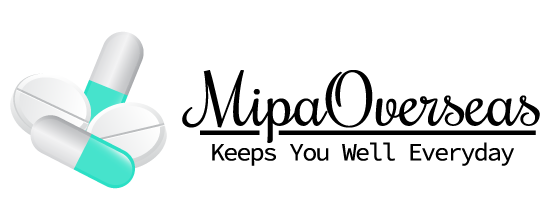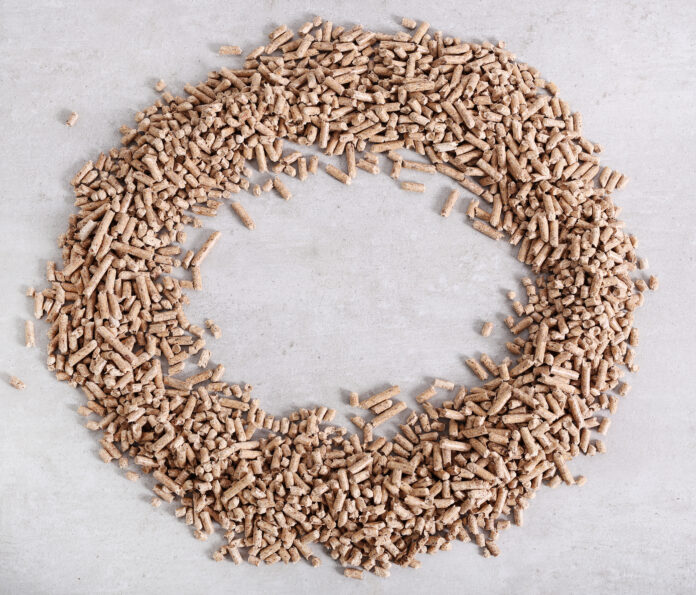Mipa Overseas provide Goat feed is formulated to meet the nutritional requirements of goats at various stages of growth, reproduction, and production. The composition of goat feed can vary based on factors such as the age, breed, weight, and purpose of the goats, as well as local availability of ingredients and nutritional requirements. Here’s a general overview of the common components found in goat feed:
Our Composition For Goat Feed :
- Roughage:
- Hay: Such as alfalfa hay, grass hay (e.g., Timothy, Bermuda), clover hay.
- Forage: Pasture and browse, including legumes like clover and alfalfa, and various grasses.
- Concentrates:
- Grains: Corn, barley, oats, wheat.
- Protein sources: Soybean meal, canola meal, cottonseed meal, sunflower meal.
- Oilseeds: Soybeans, sunflower seeds, canola seeds.
- By-products: Distillers grains, wheat middlings, rice bran.
- Molasses: Provides energy and helps improve palatability.
- Mineral and vitamin supplements: Essential for overall health and productivity.
- Fiber Sources:
- Beet pulp: A by-product of sugar beet processing, high in fiber and energy.
- Soy hulls: High in fiber, can be used to boost energy content.
- Wheat bran: Provides fiber and some energy.
- Rice bran: High in fat and fiber.
- Supplements:
- Salt: Essential for maintaining electrolyte balance.
- Calcium and phosphorus: Important for bone health and milk production.
- Trace minerals: Zinc, copper, selenium, etc., essential for various metabolic processes.
- Vitamins: Vitamin A, D, E, and B vitamins are crucial for overall health and productivity.
- Probiotics and prebiotics: To promote gut health and digestion.
- Additives: Such as flavor enhancers, mold inhibitors, and antioxidants.
- Forage and Browse:
- Goats are browsers by nature, so providing access to pasture and browse is essential for their overall health and well-being. This includes a variety of shrubs, trees, and bushes that goats can graze on.
- Water:
- Access to clean, fresh water is essential for goats at all times.

